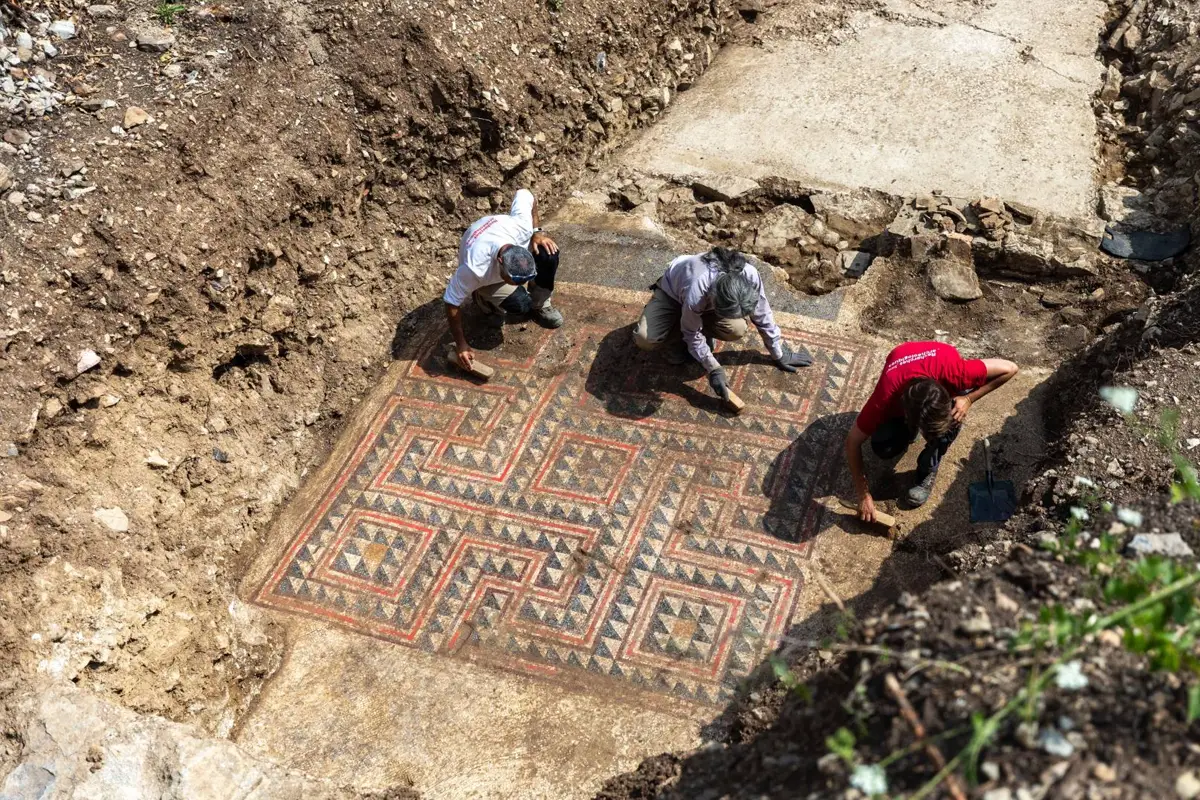Archaeological excavations in the ancient city of Olympos, located in Türkiye’s Antalya Province, have brought to light intricate mosaic floors and early Christian inscriptions within a 5th-century church. The discovery is part of an ongoing, year-round project supported by the Turkish Ministry of Culture and Tourism.
Once a thriving hub through the Hellenistic, Roman, and Byzantine periods, Olympos has already yielded an array of monumental structures, including churches, a bishop’s palace, and elaborate tombs. The latest focus is on Church No. 1, where archaeologists uncovered a mosaic inscription at the main entrance of the building. It reads:
“Only those on the right path may enter here,”
offering an enduring spiritual message that once greeted early Christian worshippers.
Inside, additional mosaics were revealed in both the central nave and side aisles. These feature geometric motifs, botanical patterns, and inscriptions naming the patrons who funded the church’s construction—offering a rare glimpse into the social and religious networks of the time.
According to Associate Professor Gökçen Kurtuluş Öztaşkin, excavation director from Pamukkale University, Olympos is proving to be one of Lycia’s richest archaeological sites in terms of mosaic artistry. Similar finds in 2017, 2022, and 2023 further support this designation.
Elsewhere on the site, the team uncovered a 5th-century residence built atop a former Roman necropolis. Following a destructive fire in the 6th century, the building was reconstructed—preserving much of its original layout.
Looking ahead, archaeologists plan to investigate what may be a temple complex at the heart of Olympos. Architectural elements such as finely carved stone blocks and bossage masonry point to a monumental religious structure yet to be fully explored.
Plans for the 2025 excavation season include continued work in the western necropolis, the bishop’s palace, and additional church sites. Researchers anticipate completing excavations in the city’s northern zone within the next two years before expanding their focus to the southern areas of Olympos.






